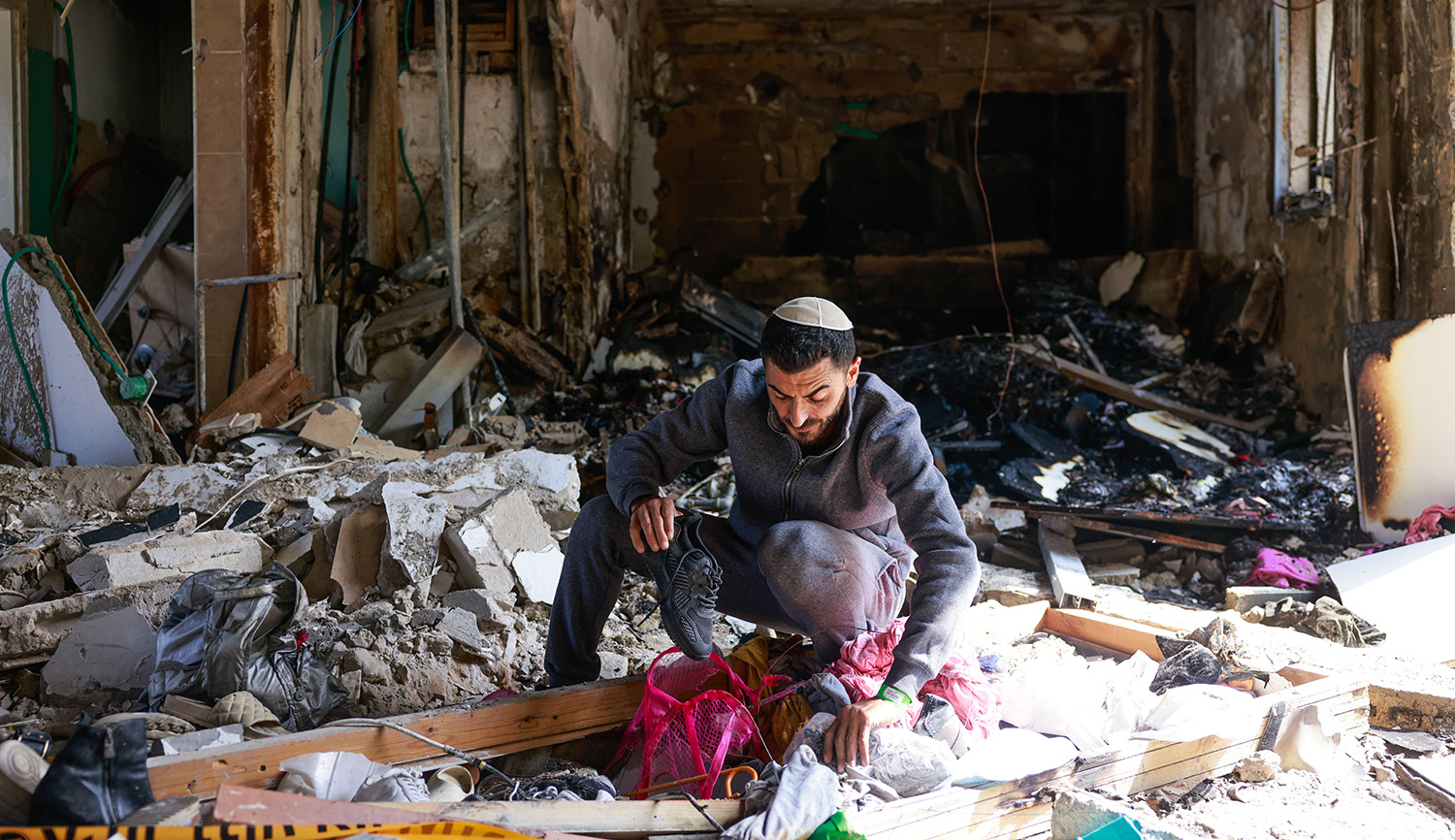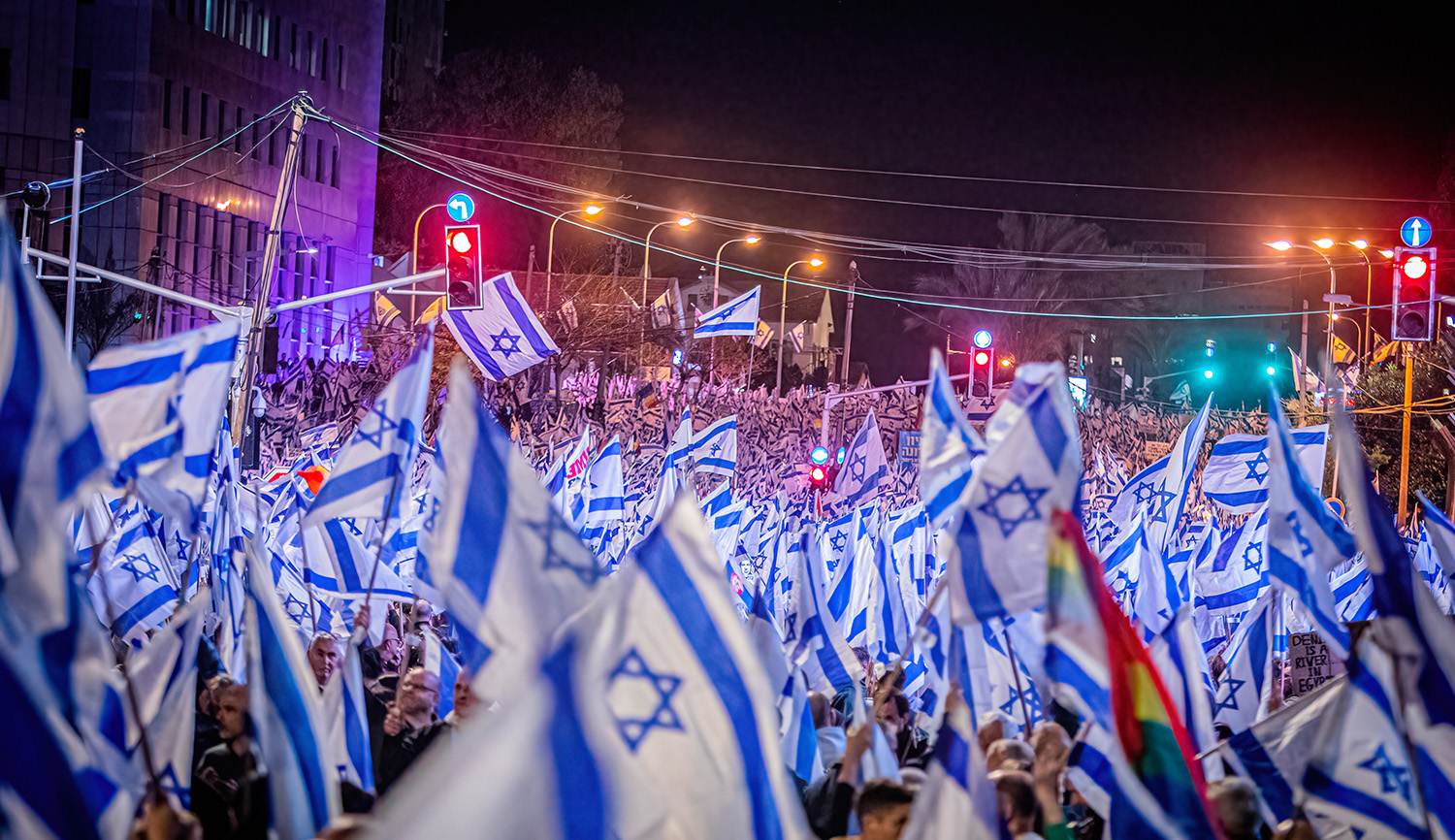Last week’s earthquake, which wreaked destruction on both sides of the Turkish-Syrian border, served as a reminder of the parlous situation in which Syria finds itself, and also of the difficulties of providing the country with humanitarian assistance without simply enriching Bashar al-Assad. Behind this state of affairs is the fact that the Syrian civil war, which began in 2011, is not yet over. Amir Taheri observes that Iran, Russia, Turkey, and the U.S. have all—each in its own way—claimed victory, but none has won it.
Despite pumping billions into Bashar al-Assad’s coffers, including $140 million in payments to his entourage by the United Nations, and at least $4 billion in “oil on credit” from Iran, not to mention earnings from allegedly smuggling drugs, the Assad outfit does not seem remotely interested in any state-building scheme. According to best estimates, 90 percent of the population in areas nominally controlled by Assad has fallen below the poverty line. In those areas—roughly a quarter of what was known in colonial times as “useful Syria”—more than 50 percent of basic infrastructure is still in ruins. Worse still, in some areas, even the semblance of law and order created by anti-Assad armed groups has disappeared.
The latest blow to Assad’s position has come from Tehran. Faced with a deepening economic crisis of their own, the mullahs have decided to end their “oil on credit” scheme. Last October they announced that an oil tanker touching the Syrian coast under that scheme would be the last. In the future, Damascus would have to pay in advance. They also announced that the sweetheart oil price of $35 per barrel was doubled to $75. Whichever way one looks, Syria is still at war; it is a running wound that infects large chunks of the Middle East, the eastern Mediterranean, and beyond.
With every day that passes the task of rebuilding Syria as a normal state becomes harder. And, yet, there is no sign that powers capable of making a difference are willing or able to develop a strategy for healing that wound. The . . . main reason may be the Biden administration’s obsession with making a deal with Tehran in the hope that it would smooth the way for normalization in Syria, Lebanon, and Yemen.
More about: Iran, Syrian civil war, U.S. Foreign policy


